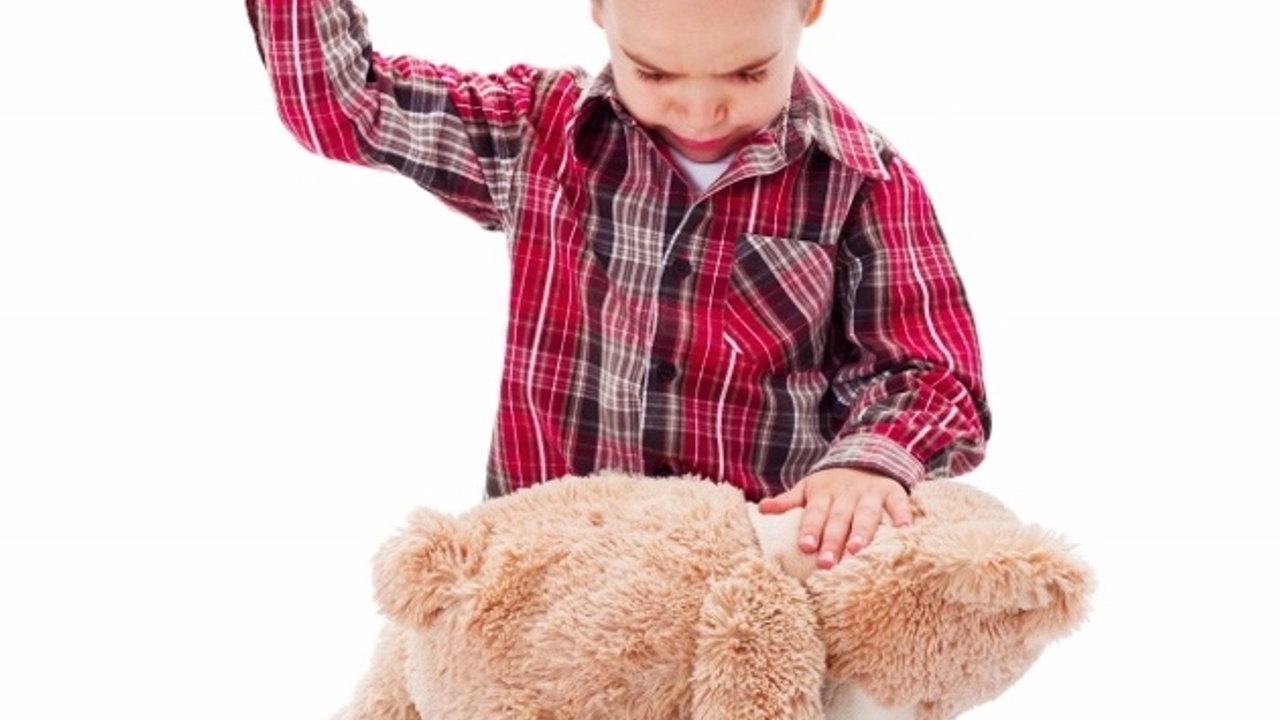TO SPANK or NOT TO SPANK: Research and Thoughts About Corporal Punishment as Discipline
Oct 20, 2022
As a kid, were you ever spanked, slapped or swatted as a form of discipline? Did you get the belt when Dad came home? Was your mouth ever washed out with soap? Were you whipped with a switch? If you were, then you were raised with corporal punishment, commonly known as physical discipline.
Many of us were raised with corporal punishment as children. It was pretty popular when I was growing up. In fact, I remember being swatted on my tush a number of times, in an attempt to correct my behavior.
In fact, a majority of Americans approve of spanking kids, though some public opinion polls show that their numbers are declining. Most states have banned corporal punishment at school. Although a few – nineteen states to be exact – mostly in the South and West still allow it.
The issue of corporal punishment has come up internationally, too. The United Nations has said unequivocally that corporal punishment violates Article 19 of the Convention on the Rights of the Child, which protects children from “all forms of physical or mental violence.” The UN suggests banning this type of punishment in all contexts, and thirty-seven (37) countries have nationwide bans on corporal punishment.
Why is there such a controversy about physical discipline? I have narrowed it down to two reasons. First, the line between physical discipline and child abuse can often be fuzzy. Second, the psychological toll on children subjected to corporal punishment is well-documented.
Research
Dr. Ronald W. Pies (Professor of Psychology, SUNY Upstate Medical University) fleshes out these two issues in his article, written earlier this year. (“Is it OK to spank a misbehaving child once in a while,” The Conversation, January 25, 2016.)
Professor Michelle Knox, from the University of Toledo, cites a strong correlation between corporeal punishment and child abuse:
Physical discipline is an outlet for the parent’s anger. Unchecked, the anger of a stressed out parent, unaware of other discipline methods, can turn discipline into abuse.
In addition, the National Association of Pediatric Nurse Practitioners has said that corporal punishment is “an important risk factor for children developing a pattern of impulsive and antisocial behavior . . . [and] children who experience frequent corporal punishment . . . are more likely to engage in violent behaviors in adulthood.”
Further, the American Academy of Child and Adolescent Psychiatry stated that while corporal punishment may have a high rate of immediate behavior modification, that it is ineffective over time. Physical discipline is also associated with increased aggression and decreased moral internalization of appropriate behavior. In other words, spanking may work in the moment, but over the course of time, it is ineffective and harmful. It also teaches kids that using physical force is an acceptable way of problem solving – as long as you’re big enough, and powerful enough, to get away with it.
Family Court
In the context of any sort of family court matter (divorce, paternity, modification of custody or parenting time, etc.), utilizing corporal punishment with your children is a risky idea. Over my twenty years in practice, I have had a number of cases in which physical discipline was deemed excessive by the court and found to be the basis of an Order for Protection or investigation by Child Protection. In these cases, the parent who used excessive physical discipline lost parenting rights, such as custody and parenting time, and were required to participate in supervised parenting, anger management courses, and reunification therapy with their children.
My experience is not isolated. The Massachusetts Supreme Judicial Court denied foster parenting privileges to a couple who practiced corporal punishment with their own children. And Minnesota Viking, Adrian Peterson, was charged with felony child abuse for hitting his four-year-old son with a wooden switch. (He later pled no contest to a misdemeanor.)
Given all of this, I suggest to my clients that they utilize other, non-physical forms of discipline with their children (i.e., time outs, removal of privileges or positive reinforcement of the child’s appropriate behaviors). It is particularly effective to look for strategies that use discipline as a learning tool by communicating to kids what they’ve done wrong and what they should do instead.
Suzanne E. Grandchamp
UNTANGLE, UNPACK, & LIVE WISELY:
- What is your discipline plan for negative behavior? Is this clear and consistent between both parents? Are your children able to understand the plan?
- How do you transition your child when she has completed her discipline (i.e. she sat in the corner for # minutes) for a positive re-entry into her activities and social circle?
- How do you acknowledge positive behavior? How often do you do this? What might happen if you acknowledged the positive things about your child more often? Try it!
- If you would like to change your discipline plan, it’s extremely helpful to do some research for age and developmentally appropriate guidelines of both behavior expectations and discipline options. There are many surprisingly simple and effective strategies available to you!

